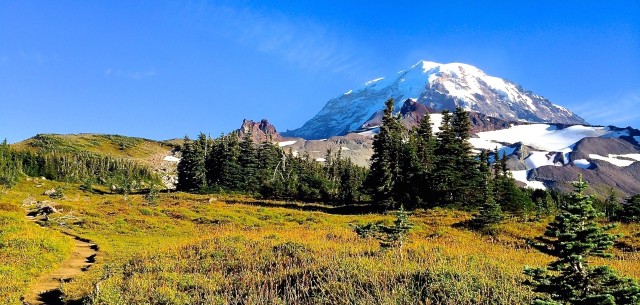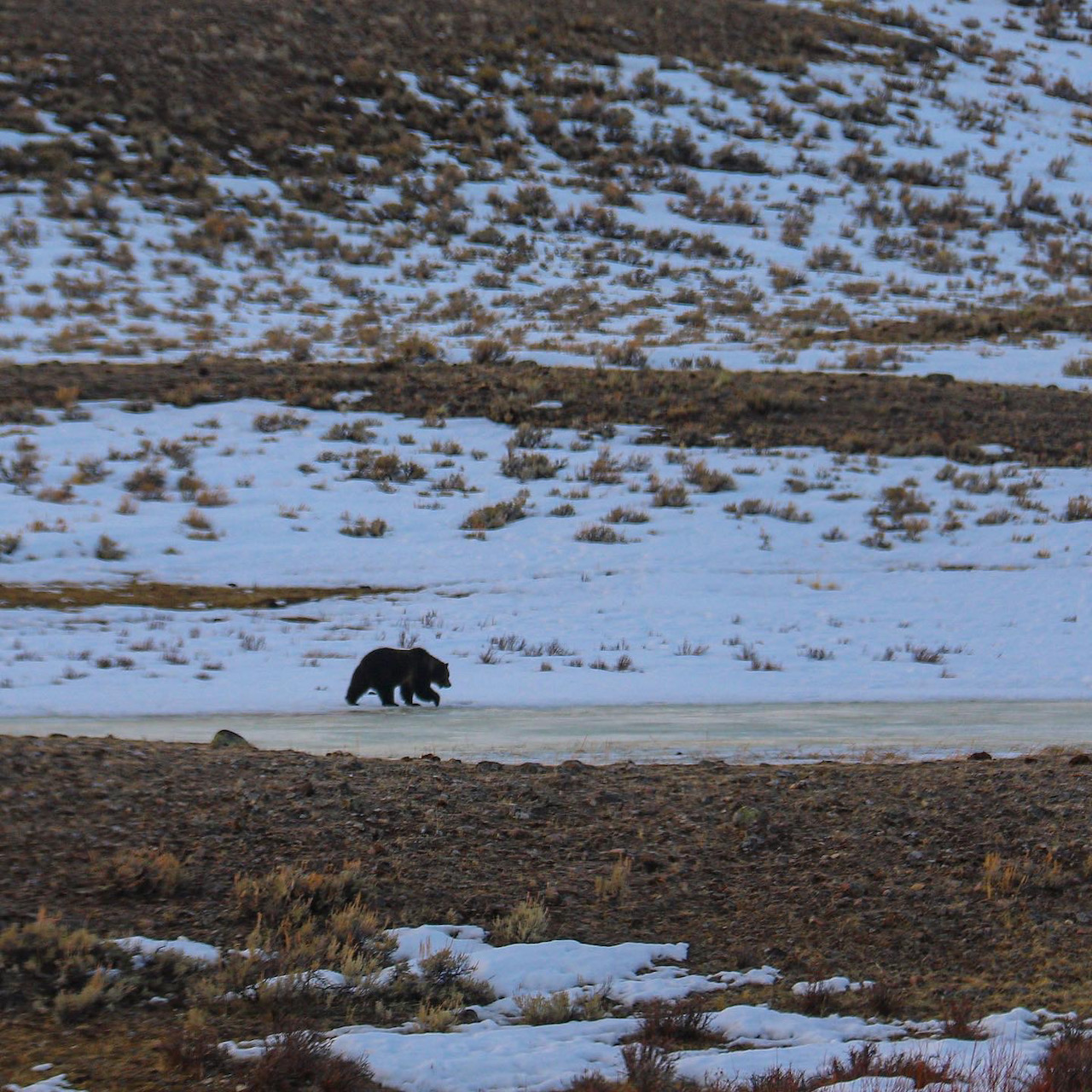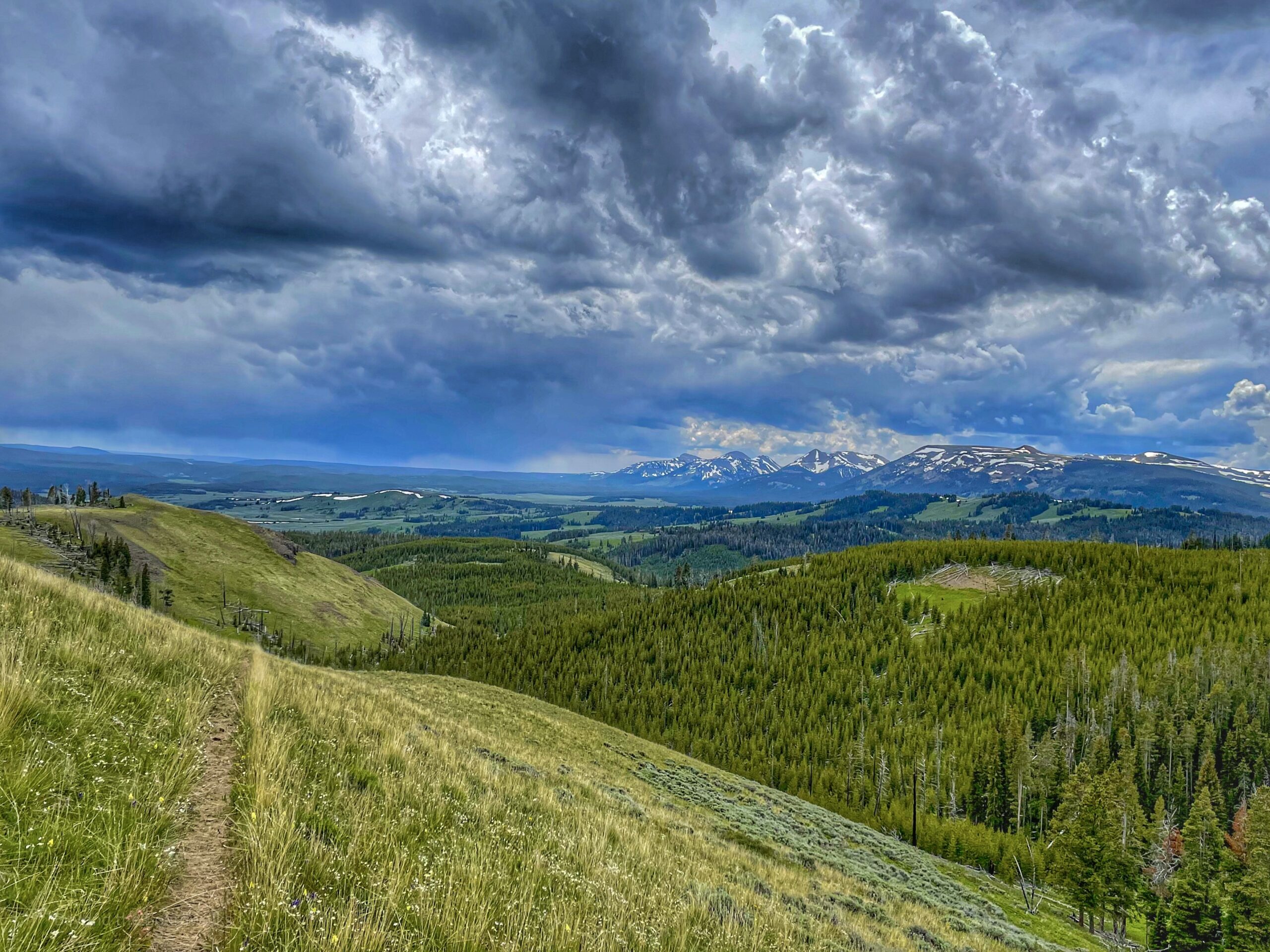In 2016, 1.4 Million park visitors spent an estimated $50.7 Million in local gateway regions while visiting Mount Rainier National Park. The 1.4 million was the highest visitation total since 1995, showing that the iconic volcano in the Pacific Northwest received a great boost from the National Parks turning 100 years old. The expenditures brought in by visitors supported a total of 654 jobs, $23.3 Million in labor income, $40.3 Million in value added, and $64.8 Million in economic output in local gateway economies surrounding Mount Rainier National Park.
Last year, as America’s National Park’s turned 100 years old, they generated $34.9 billion in economic output for the areas in and around our National treasures, thank to record visitation. Spending by visitors to national parks provide benefits and generate economic impacts in local and regional economies across the nation. Visitor spending effects are the jobs and business activity that result from the direct and ripple effects of NPS visitors’ spending money within gateway economies surrounding parks. In 2016, our National Parks saw over 331 million people experience the beauty, history and culture of our protected public lands. They also help create 318,000 jobs and received $18.4 billion in visitor spending for the industries that rest outside the borders of these lands. The parks also added $19.9 billion in value to the economies around the parks, helping to create a higher standard of living for all.
In 2016, $64.8 million was generated by Mount Rainier National Park.
In the State of Washington, 8.5 Million park visitors spent an estimated $526.2 Million in local gateway regions while visiting NPS lands in the Evergreen State. These expenditures supported a total of 7.1 Thousand jobs, $244.1 Million in labor income, $433.2 Million in value added, and $708 Million in economic output in the Washington economy. It is said that Washington’s public lands are the third largest economy in Washington State. While that may be slight hyperbole, the attraction of our natural wonders is hard to ignore.
The average visitor to Rainier spent $35.71 in our region.
While Mount Rainier isn’t as much of a job creator or revenue generator as Olympic National Park, the iconic mountain and surrounding rivers, peaks and forests are incredible important to the local economy. The average visitor to Rainier spent $35.71 in our region, with the largest amount going toward hotels, restaurants and gas. Retail and transportation were the next highest expense for visitors, followed by recreation and camping. Compared to the numbers from 2015, the towns around Mount Rainier saw a $5 million increase in visitor spending. Since 2012, the amount of visitor spending has increased by nearly $14 million.

Mount Rainier isn’t quite a large job creator, but the park does sustain 654 jobs, with the majority coming in the hotel and restaurant industry. Interestingly enough, the next highest job creator is the recreation industry around Mount Rainier, beating out retail jobs by 15 jobs. Who knew that mountain climbing would be more popular than shopping? The towns around Mount Rainier saw an increase of 58 jobs since 2015 and has increased by 222 jobs since 2012.

The economic output of Rainier is incredible, considering that most places shut down during the winter months. In 2016, $64.8 million was generated by Mount Rainier National Park, an increase of $6.5 million from 2015. Like the jobs and visitor spending, the economic output has steadily increased since 2012, which saw an economic output of $44 million. Again, it is crazy how much value is found around our natural gems.
WHAT DOES IT MEAN?
For those of you who aren’t data nerds like us, the conclusion reached by the numbers above are simple. Our National Park’s and Public Lands are job creators, revenue generators and one of the more consistent industries around the nation. Despite the budget cuts of previous years, the parks are prevailing and your love for them is sending a message to an administration that doesn’t seem to value our most precious of lands. The facts and figures don’t lie: America’s Public Lands are far too valuable to get rid of, allow logging, drilling and mining inside their borders or to continue to underfund. We encourage all of you to reach out to your elected officials and tell them to stop the attack on our Public Lands. There is a serious threat and we need to be unified in this fight.
All data comes from: https://www.nps.gov/subjects/socialscience/vse.htm
#NotFakeNews




